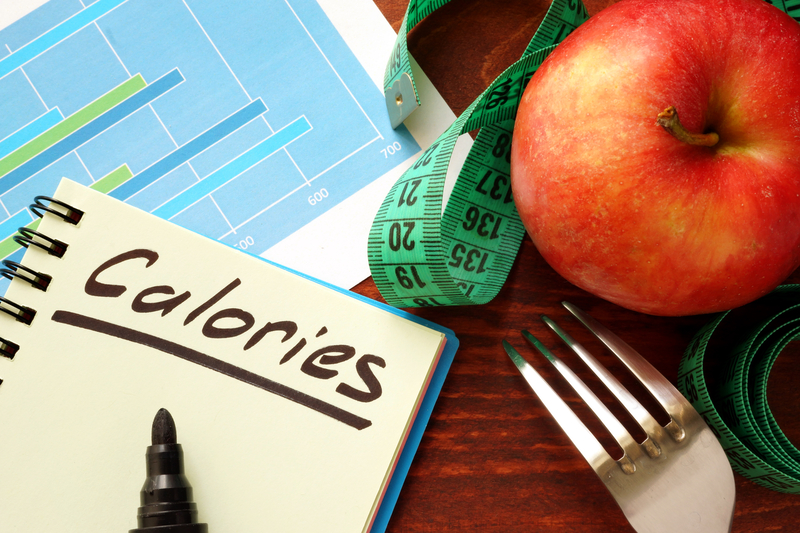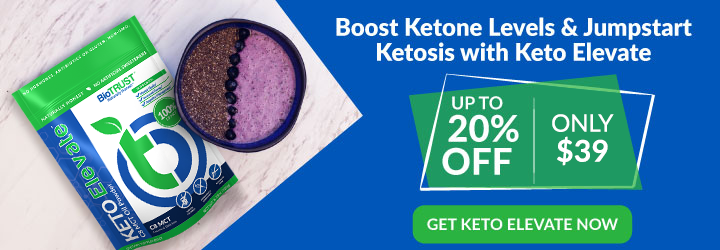What’s More Important: What You Eat or How Much?

If you’ve decided you have a few (or many) pounds to lose, you’re not alone. According to the Centers for Disease Control and Prevention (CDC), nearly half of all Americans are obese. 1 And more people are reporting they’re on a diet now than in the previous decade (up to 17.4% from 14.3%). 2
Once you’re ready to get started, you may have another obstacle as there is so much competing information on how to eat, what to eat, and when to eat. Should you track every calorie or macro (i.e., protein, fat, carb gram), orr just focus on the types of foods that make up those calories?
We’ve already covered the issues with counting calories. For example, calorie counts can be off by as much as 25%. That’s a big difference when trying to create a calorie deficit. On the other hand, when compared head-to-head, both low-carbohydrate and low-fat diets appear to lead to similar weight-loss results. For example, in one year-long study, people following a healthy low-fat diet lost 5.3 kg (just over 11 pounds), and those following a healthy low-carb diet lost 6 kg (just over 13 pounds). 3
Does that mean what you eat doesn’t matter either?
You have to dig a little deeper into the previously-mentioned study to find out. You see, participants weren’t supplied any food. Instead, whether the group was placed in the low-fat or low-carb group, they went through a total of 22 healthy eating educational classes. In these classes, they learned how to shop for and cook healthy meals as well as how to eat out with healthy foods. Both groups were also encouraged to exercise regularly and move more throughout the day. 3
What vs How Much?
Most of us know that not all calories are created equal. If you eat highly processed foods and sugary drinks, you’ve likely noticed you come away hungrier and less satisfied than if you ate the same number of calories from a whole food meal. That, it turns out, is what makes all the difference.
It’s not necessarily about eating a low-fat diet, a low-carb diet, or even a higher protein diet (though that can help decrease appetite). Instead, it boils down to the types of foods those calories are made up of. People who eat the least processed foods, sugary drinks (sodas, sweet tea, or fruit juices), and refined fats, while eating the most vegetables, whole fruits, and quality proteins lose the most weight. Plus, they are better able to get the nutrients they needed from their diets.
In fact, many obese people are actually undernourished, and they may be continuing to eat because their bodies are seeking nutrients.
Research suggests that when fiber is removed and food is chemically altered via processing, it can trick the body into believing it isn’t getting enough energy (calories). This is another reason why focusing on the what instead of just the how much can have a big impact on weight loss and maintenance. 4
If you want to see how this works in real life when eating processed foods vs. whole foods, eat one large order of French Fries (around 500 calories) for lunch tomorrow. The next day, eat 7.5 boiled potatoes with skin (which also equals around 500 calories). You’ll likely find that after the processed potatoes, you can still easily eat more. But when you eat the closer-to-nature boiled potatoes—if you can even eat that many—you’ll feel full and satiated for hours.
So, simply by decreasing the amount of sugar and processed foods from your diet and eating more vegetables, beans, and minimally processed whole grains, your weight will likely drop. Tufts University nutrition expert Dariush Mozaffarian estimates you can lose a pretty substantial 10 pounds a year this way.
Other Aspects of Weight Loss
What you eat, how you eat, and the types of foods you choose aren’t the only factors that affect weight loss. Other considerations include activity levels, insulin resistance, hormones, and genetic makeup. In addition, how you eat—distracted vs. mindfully—can also drastically impact how much weight you can lose.
As you prepare to eat a more healthy, whole food diet that’s closer to nature, additional steps you can take to improve the quality of your diet include:
- Avoiding screens as you eat (whenever possible, sit at the table for meals)
- Eating because you’re hungry rather than just because food is available.
- Shopping at farmer’s markets to focus meals on fresh, local produce.
- Removing packaged, highly processed foods from your pantry and choosing only nutritionist-approved processed foods like frozen vegetables and fruits, protein supplements, canned beans, and fermented foods for greater convenience.
- Choosing foods that satiate you so you’re not hungry and looking for your next meal or snack. Some of the most satiating foods include fish, vegetables, boiled potatoes, eggs, oatmeal, Greek yogurt, legumes, and cottage cheese, but people are different. If you find that a particular food doesn’t fill you up, then choose another option.
- Eating more protein-rich foods, which are naturally satiating and support a stronger metabolic rate, as well as more high-fiber foods and water, which are also more filling.
- Taking care of your gut microbiome to support the digestion and absorption of the foods you eat.
- Ensuring you maintain a calorie deficit. While this is easier to do with a whole-food diet, many people eat when they aren’t necessarily hungry or eat too much at one sitting. And no matter how healthful the meal plan, if you regularly eat too many calories, you will gain weight.
- Watching for nutrient-dense, energy-dense foods like nuts, nut butter, and olive oil. Measure out a single serving of these types of foods, so you don’t unknowingly go overboard.
- Addressing insulin resistance by exercising more, practicing good sleep hygiene, managing stress, and balancing blood sugar levels.
At the end of the day, consistently adhering to a healthy diet for the long haul is what leads to real, lasting results. People don’t eat calories, carbs, fats, or protein: they eat food. So, find recipes you and your family genuinely enjoy, made up of whole foods that tempt your taste buds and fuel your energy levels.
That said, some foods are easier to overeat than others—processed foods like pizza, chips, cookies, and ice cream should have a smaller place on the menu. Foods that are harder to overeat are typically whole, unprocessed foods like cucumbers, carrots, beans, apples, and brown rice. If you start by filling your plate with these types of foods, you’ll likely get ahead in the weight-loss game.
Bottom line, start with the what and why you’re eating, and how much may cease to matter (at least for the most part).




 7 Signs Your Body is Seriously Low on Collagen (not just wrinkles)
7 Signs Your Body is Seriously Low on Collagen (not just wrinkles) Health Expert: "Turmeric Doesn't Work (unless...)"
Health Expert: "Turmeric Doesn't Work (unless...)" 3 Warning Signs Your Probiotic Supplement is a Total Waste
3 Warning Signs Your Probiotic Supplement is a Total Waste

